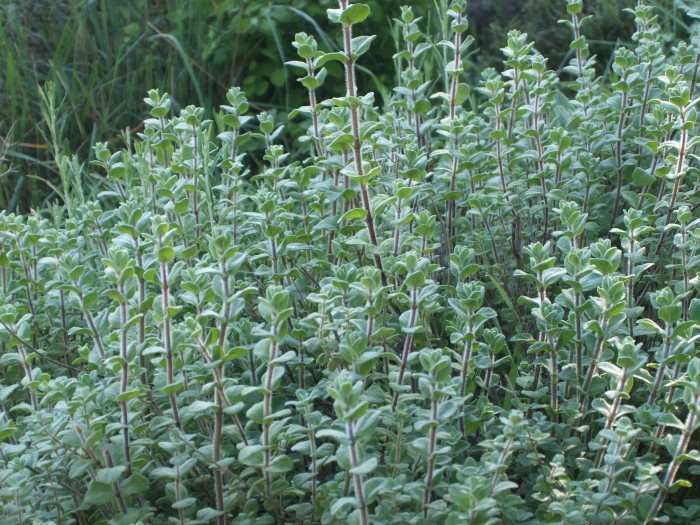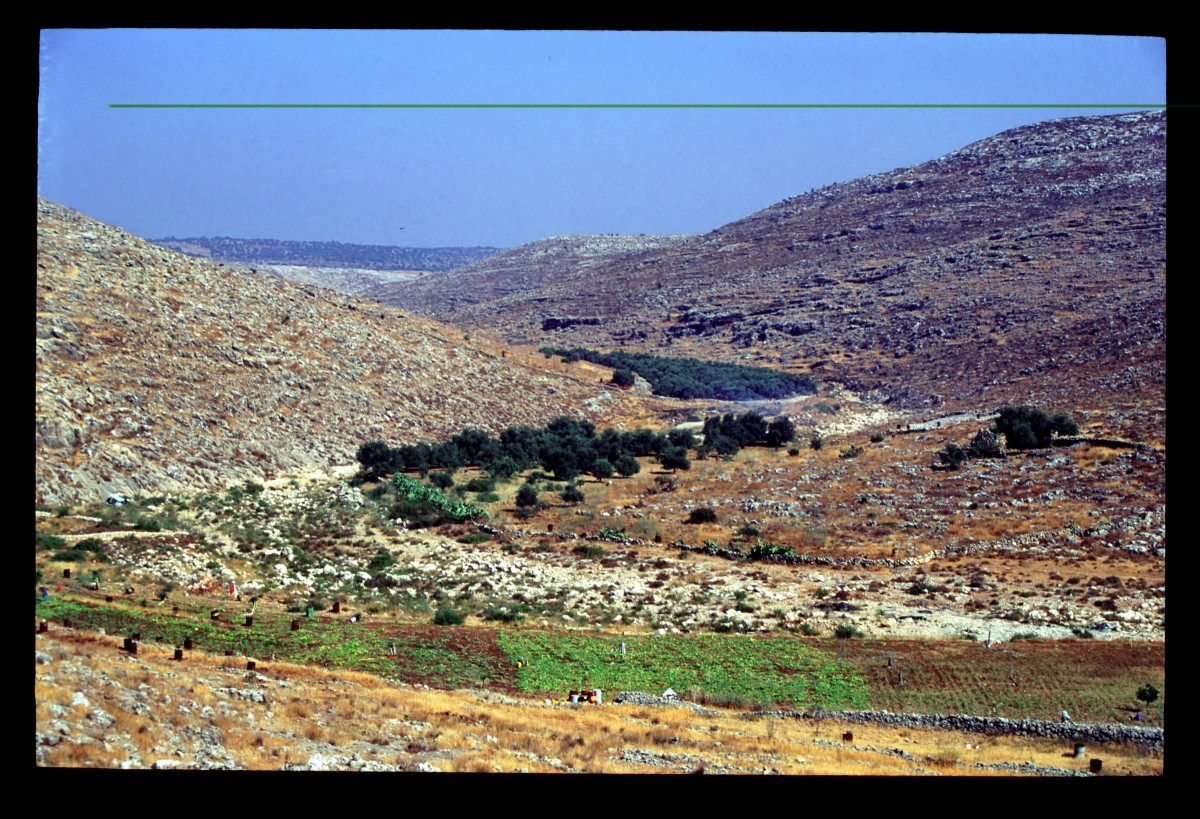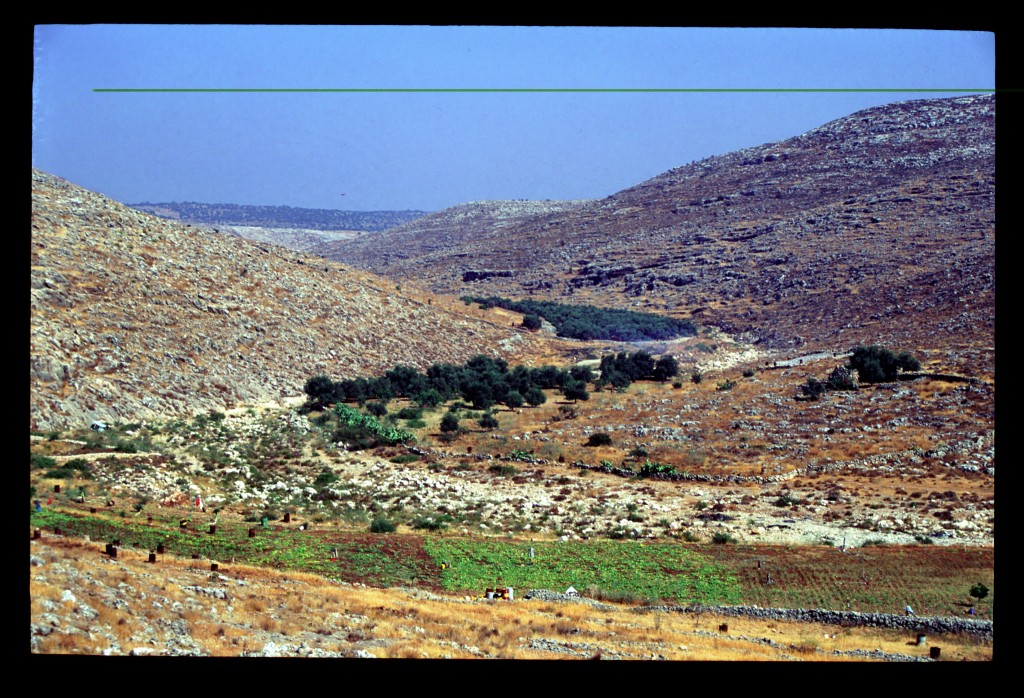The 2016 issue of Environment and Society focuses on “Plants and Peoples.” In some of the humanities and social sciences, human-plant studies, like those of human-animal relations, are perhaps in danger of being subsumed by the broader rubric of a multispecies approach to ecological assemblages. Perhaps this will be a fruitful path to take, but it may also betray a lack of intellectual commitment to what are after all quite recent engagements with, and foregrounding of, human-nonhuman relations and political conditions. Maybe we shouldn’t let the Questions of the Animal and the Plant escape our attention quite yet, before we have satisfactorily traced their complex meanderings through our sociopolitical ecologies. There are still radical stories to tell before they escape, or are rendered into the all-encompassing Gaia of a multispecies approach. As a contribution to this storytelling, here is some “plant-thinking” in the context of recent ecological developments in Palestine/Israel.
Tag: Brian Boyd
Toxic Ecologies of Occupation
Brian Boyd: In June 2012, with a small group of Palestinian colleagues, I entered the Wadi en-Natuf in Palestine for the first time since 2000. In June 2000, it looked like this:
Since 2000, I have been involved in an archaeological project centered in and around the small (population 4,500) Palestinian town of Shuqba in the West Bank (Ramallah and Al-Bireh district). Shuqba gives its name to a large cave in the nearby Wadi en-Natuf, a river valley that runs close to the town. This cave was excavated by the British archaeologist Dorothy Garrod in 1928, during the turbulent early years of the British Mandate. Garrod is a central figure for women’s involvement in the history and practice of archaeology.


